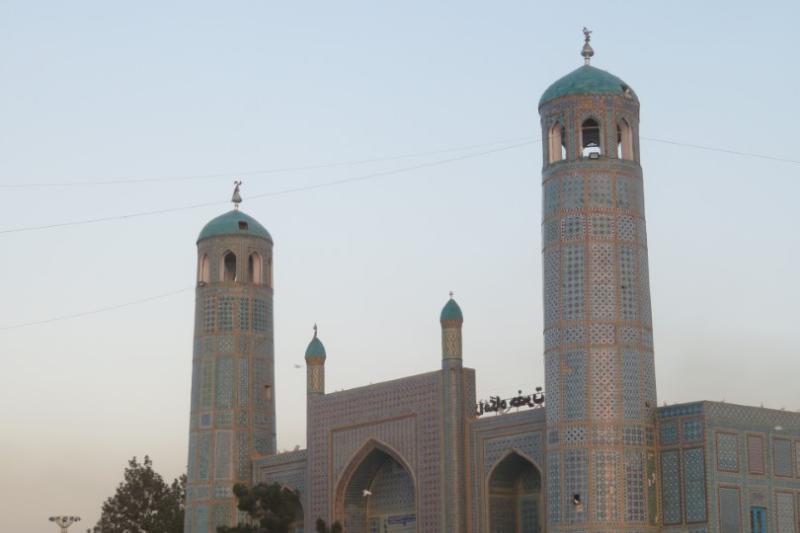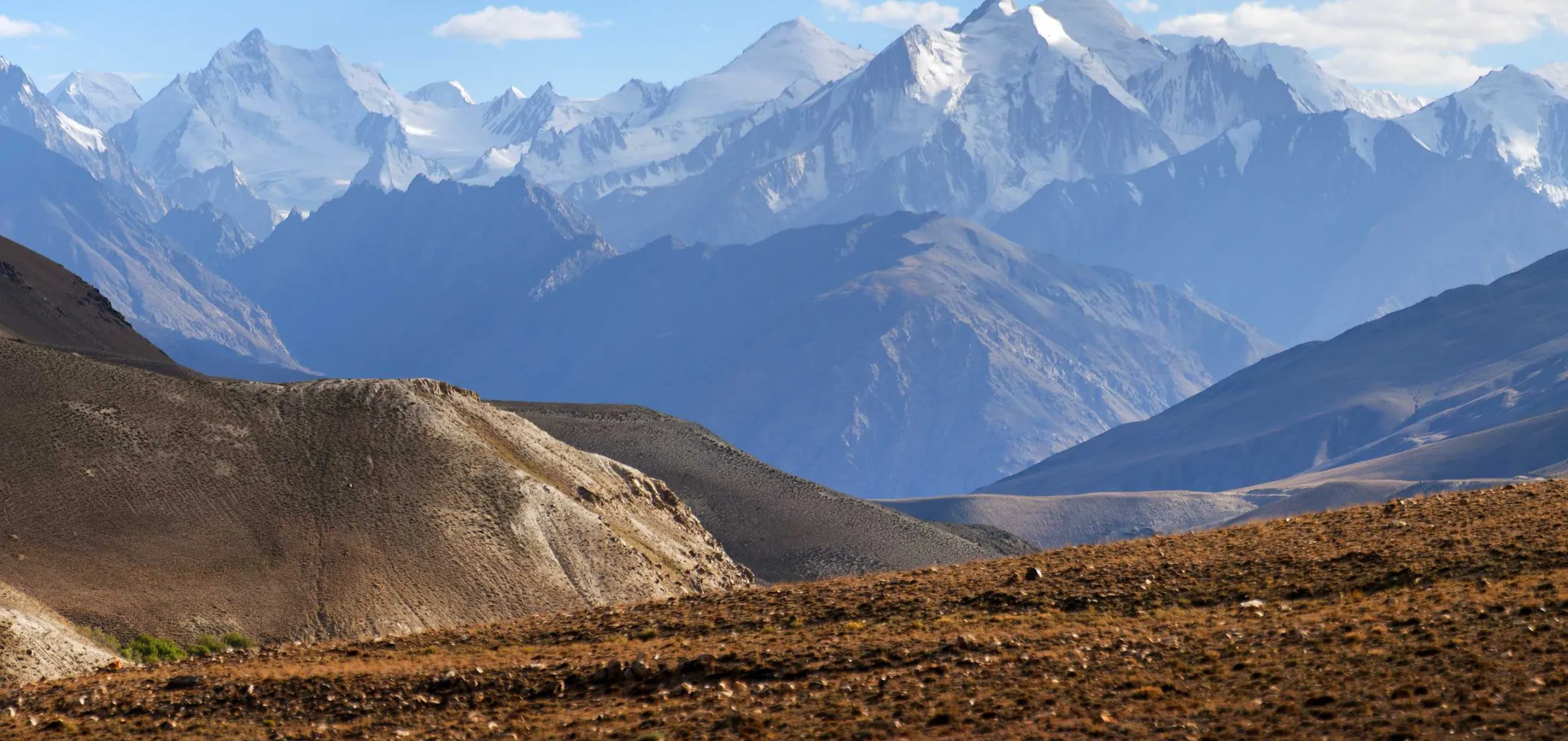Afghanistan
In Search of Lost Kingdoms
Experience Afghanistan authentically. Engage in cultural exchange, sharing stories and traditions with locals. Join a journey not just to witness but to actively be a part of Afghanistan's story, all while respecting its remarkable nature and communities. Discover the headlines' land in a whole new light.
Top Experiences in Afghanistan
Top Sights in Afghanistan
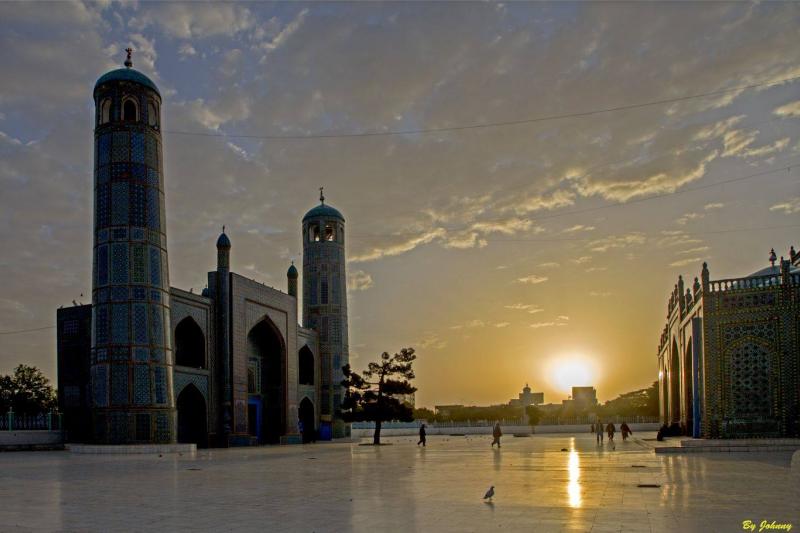
Blue Mosque Harzat Ali Shrine
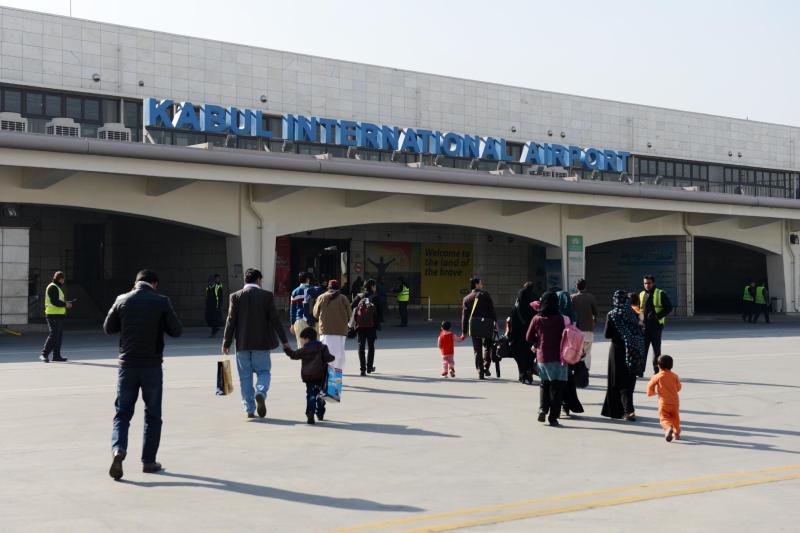
Kabul International Airport
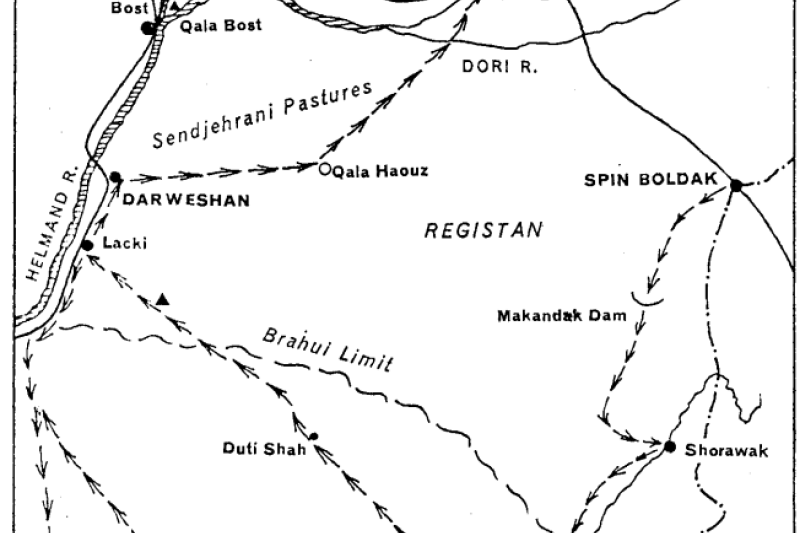
Desert of Registan
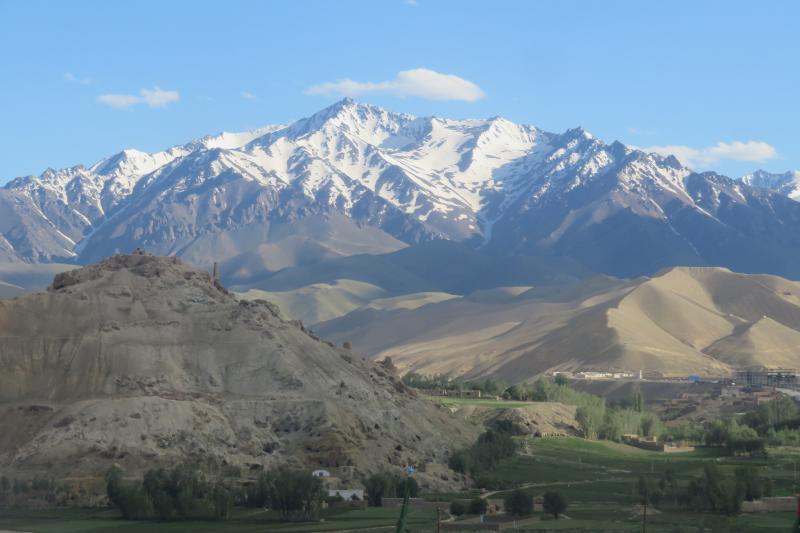
Bamyan
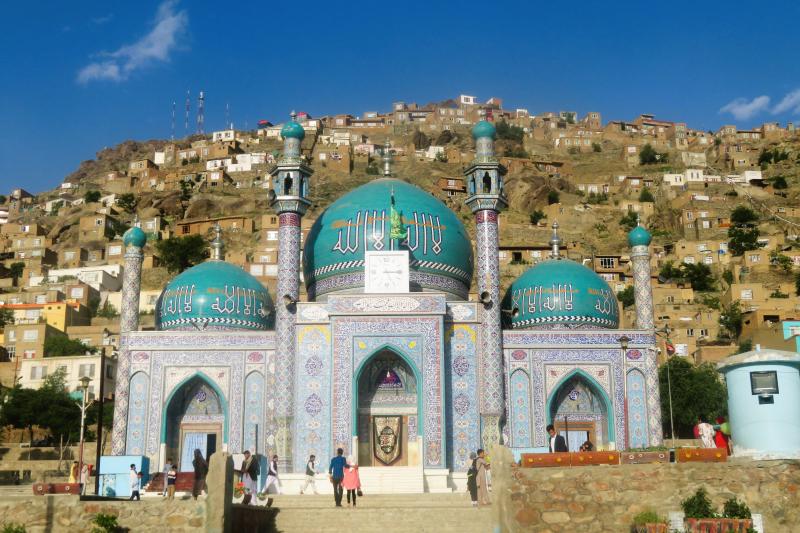
Rawza Sakhi Shah-e-Mardan mosque
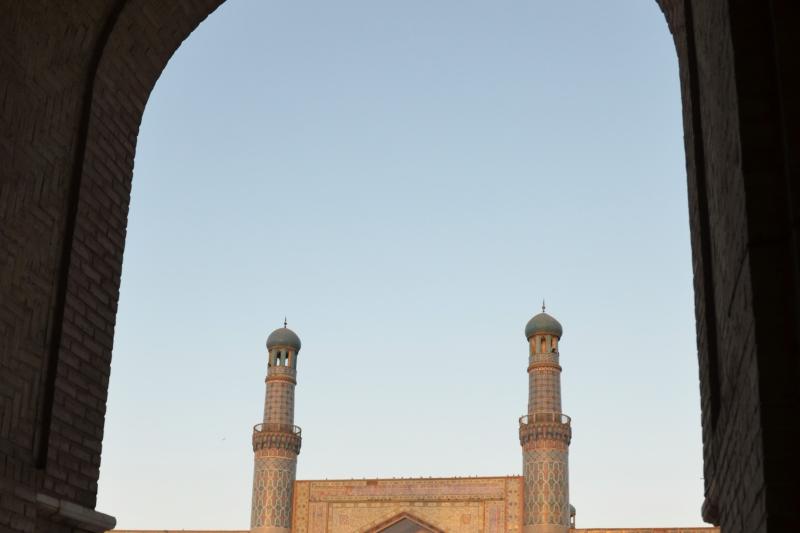
The Great Mosque of Herat

Herat
